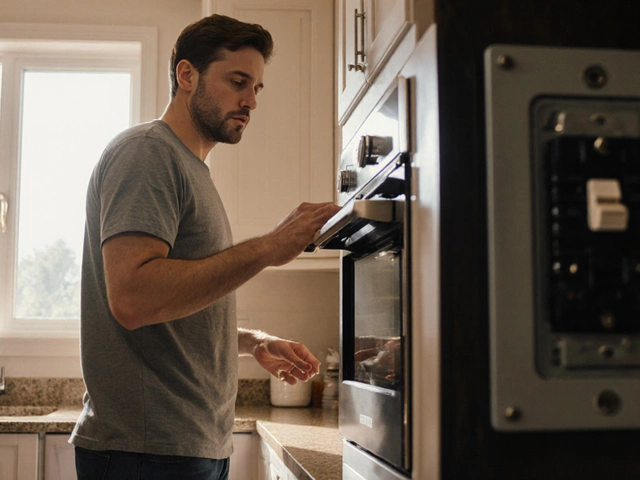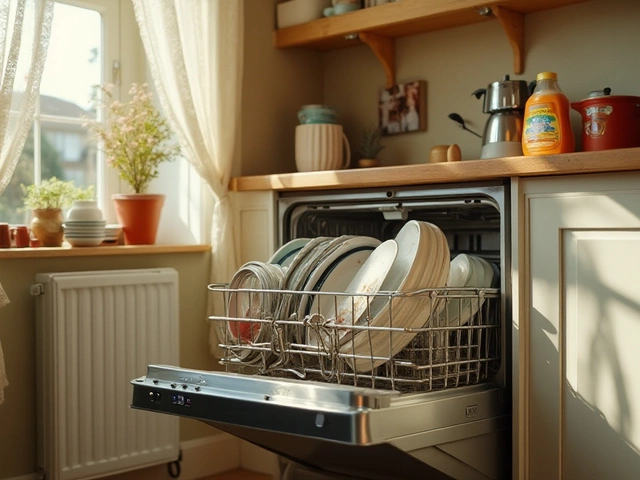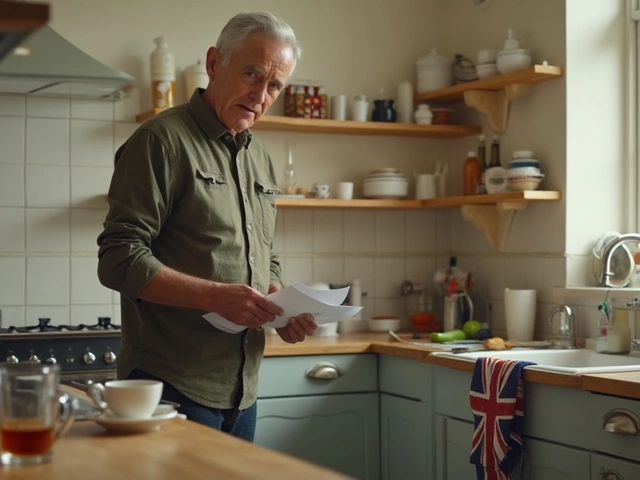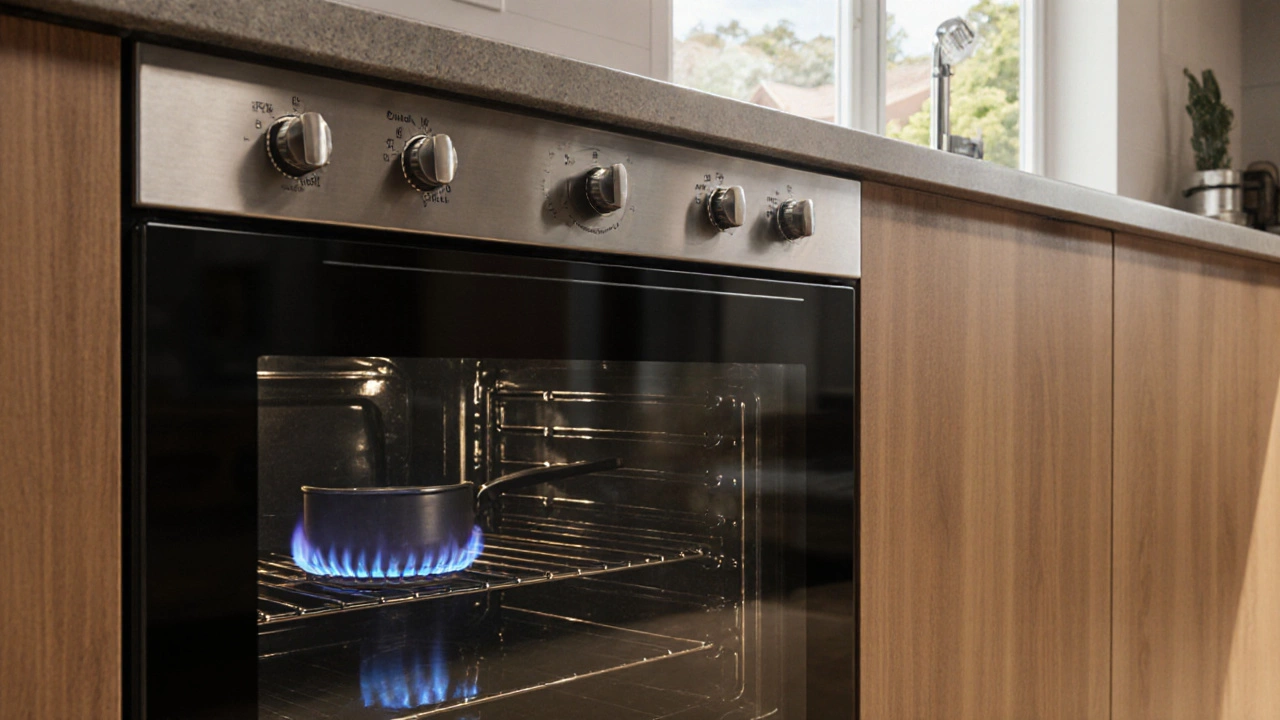Gas Oven Safety: Your Essential Guide
When thinking about gas oven safety, the practice of keeping gas‑fired ovens safe for use in the home. Also known as oven gas safety checks, it means following habits that stop leaks, fires, and harmful gases. Below you’ll find why this matters and how everyday steps can protect you.
Key Safety Checks for Every Home
A gas oven, a kitchen appliance that uses natural gas or LPG to produce heat for cooking works reliably when installed right and maintained often. Regular cleaning of burners, checking for rust, and tightening connections are simple tasks that stop fuel from escaping. When the oven is off, always turn the gas knob to the “off” position and listen for any hissing – a sign of a leak.
One of the biggest hidden dangers is carbon monoxide, a color‑less, odorless gas produced by incomplete combustion in gas appliances. Because you can’t see or smell it, a working CO detector near the kitchen is a must. Test the alarm monthly and replace batteries yearly. If the detector sounds, ventilate the area immediately and call a professional.
Good kitchen ventilation, the flow of fresh air that removes heat, moisture, and gases from cooking spaces reduces the build‑up of both heat and combustion by‑products. A vent hood that exhausts outside, or at least a window opened while cooking, keeps the air clean. Clean the hood filter every few weeks to maintain airflow.
Modern ovens have a safety valve, a device that shuts off gas supply if the flame goes out. If you notice the oven lights but then goes out, the valve may have tripped. Resetting it usually involves turning the knob off, waiting a minute, then turning it back on. If the problem repeats, a technician should inspect the thermocouple and igniter.
In the rare event a fire starts, a nearby fire extinguisher, a portable device that puts out small fires using powder or CO₂ can stop damage fast. Keep a Class B extinguisher (for flammable liquids and gases) within arm’s reach of the oven. Remember the PASS technique – Pull the pin, Aim at the base, Squeeze the handle, and Sweep side‑to‑side.
Putting these habits together creates a solid safety net: proper maintenance of the gas oven, reliable carbon monoxide detection, adequate ventilation, a functioning safety valve, and quick access to a fire extinguisher. Below you’ll discover a curated set of articles that dive deeper into each of these topics, offering step‑by‑step guides, common warning signs, and when to call a professional. Ready to make your kitchen safer? Keep reading for the detailed resources ahead.






